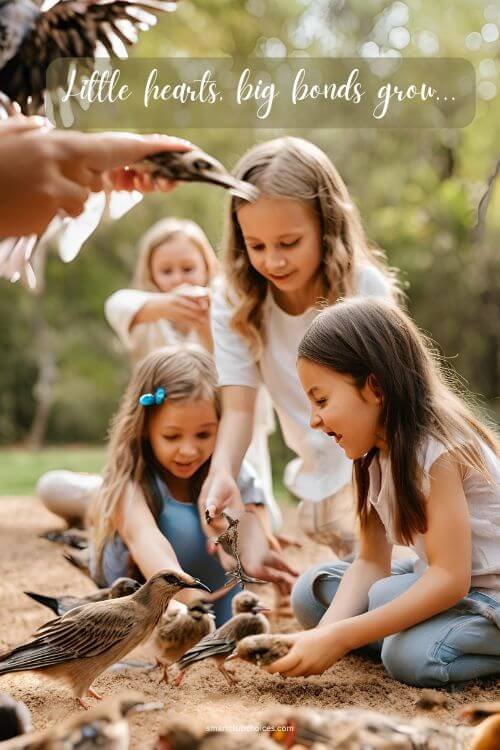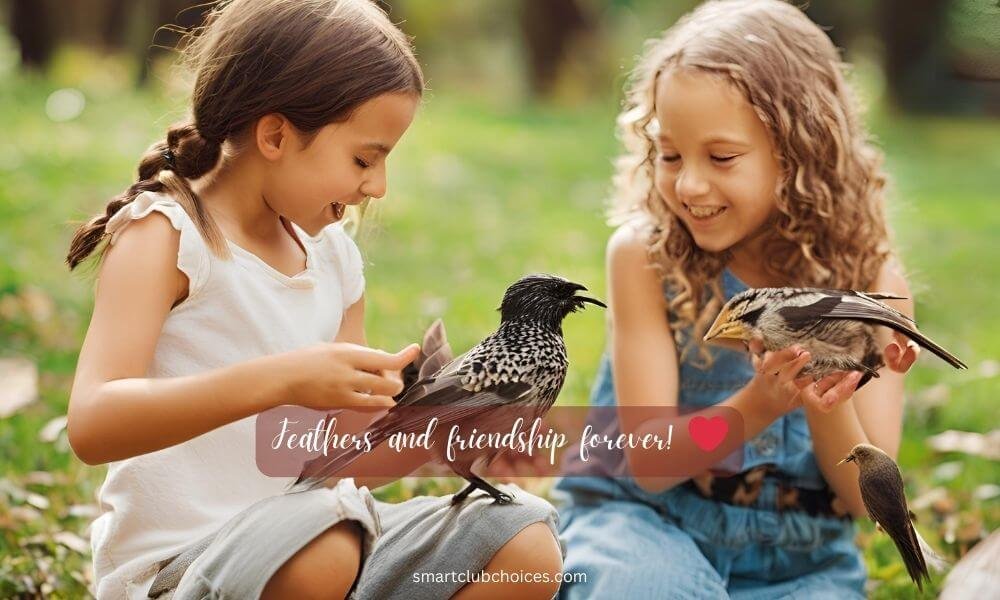How to Bond with Your Pet Bird and Gain Their Trust
So, you’ve got a new feathered friend. Congratulations! Birds are amazing companions, full of personality, charm, and the occasional squawk.
But let’s be real: bonding with a bird isn’t as simple as cuddling up with a puppy. Birds are smart, sensitive, and sometimes a little skeptical of humans.
But don’t worry—building a strong bond with your bird is totally doable. It just takes time, patience, and a whole lot of treats.
In this guide, we’ll walk you through everything you need to know to gain your bird’s trust and create a lasting friendship. Let’s dive in!
Table of Contents
(1) The Basics – Understanding Your Bird
Why Bonding Matters
A strong bond with your bird means a happier, healthier pet. It also makes training, handling, and everyday interactions much easier.
What Do Birds Need?
- Trust: Birds are prey animals, so they need to feel safe and secure.
- Social Interaction: Birds are social creatures and thrive on interaction.
- Consistency: Birds appreciate routine and predictability.
Pro Tip
Different species have different personalities, so take the time to understand your bird’s unique needs.
(2) Start Slow – The Art of Patience
Why Patience is Key
Birds are naturally cautious, especially in a new environment. Rushing the bonding process can scare them and set you back.
How to Start
- Observe: Spend time near the cage, talking softly and letting your bird get used to your presence.
- Hand Feeding: Offer treats from your hand to build trust and positive associations.
- Respect Boundaries: If your bird seems scared or uncomfortable, back off and try again later.
Pro Tip
Use your bird’s favorite treats to make the experience more rewarding.
(3) Communication – Talking the Talk
Why Communication Matters
Birds are highly social and communicative. Talking to your bird helps build trust and strengthens your bond.
How to Communicate
- Talk Softly: Use a calm, gentle voice when interacting with your bird.
- Use Their Name: Say your bird’s name often to help them recognize it.
- Mimic Sounds: Some birds enjoy when you mimic their sounds or whistles.
Pro Tip
Spend a few minutes each day talking to your bird, even if they don’t respond right away.
(4) Handling – The Gentle Touch
Why Handling is Important
Handling your bird helps build trust and makes everyday care (like vet visits) much easier.
How to Handle Your Bird
- Start Slow: Begin by letting your bird step onto your hand or a perch.
- Be Gentle: Use slow, deliberate movements to avoid startling your bird.
- Keep It Short: Limit handling sessions to a few minutes at first, gradually increasing the time as your bird gets more comfortable.
Pro Tip
Offer treats during and after handling sessions to create positive associations.
(5) Playtime – The Fun Part
Why Playtime Matters
Playtime is a great way to bond with your bird and provide mental and physical stimulation.
How to Make Playtime Fun
- Interactive Toys: Use toys that you can play with together, like balls or puzzle toys.
- Training Sessions: Teach your bird tricks or commands for mental stimulation.
- Out-of-Cage Time: Allow your bird to explore a safe, bird-proofed area outside the cage.
Pro Tip
Supervise playtime to ensure your bird stays safe and out of trouble.

(6) Conclusion: A Happy Bird is a Trusting Bird
Bonding with your pet bird might take time and patience, but it’s worth it to see your feathered friend thrive. With consistent interaction, gentle handling, and plenty of playtime, you can build a strong, trusting relationship with your bird.
Remember, every bird is different, so take the time to understand your bird’s unique personality and needs. And don’t forget to enjoy the journey—watching your bird grow and trust you is one of the most rewarding experiences a bird parent can have.
So, grab some treats, warm up those vocal cords, and get ready for some feathered fun. After all, a happy bird is a trusting bird, and a trusting bird makes for a very happy human.








